
Held in Kimana Sanctuary, this year's guide's training location was chosen to help the guiding team appreciate the Amboseli ecosystem before the much-anticipated opening of Angama Amboseli in November. A private conservation area, the Sanctuary is a haven for nature lovers, boasting picturesque acacia trees, diverse wildlife with countless birds and some of the most spectacular unobstructed views of Mt. Kilimanjaro, the world’s tallest free-standing mountain.

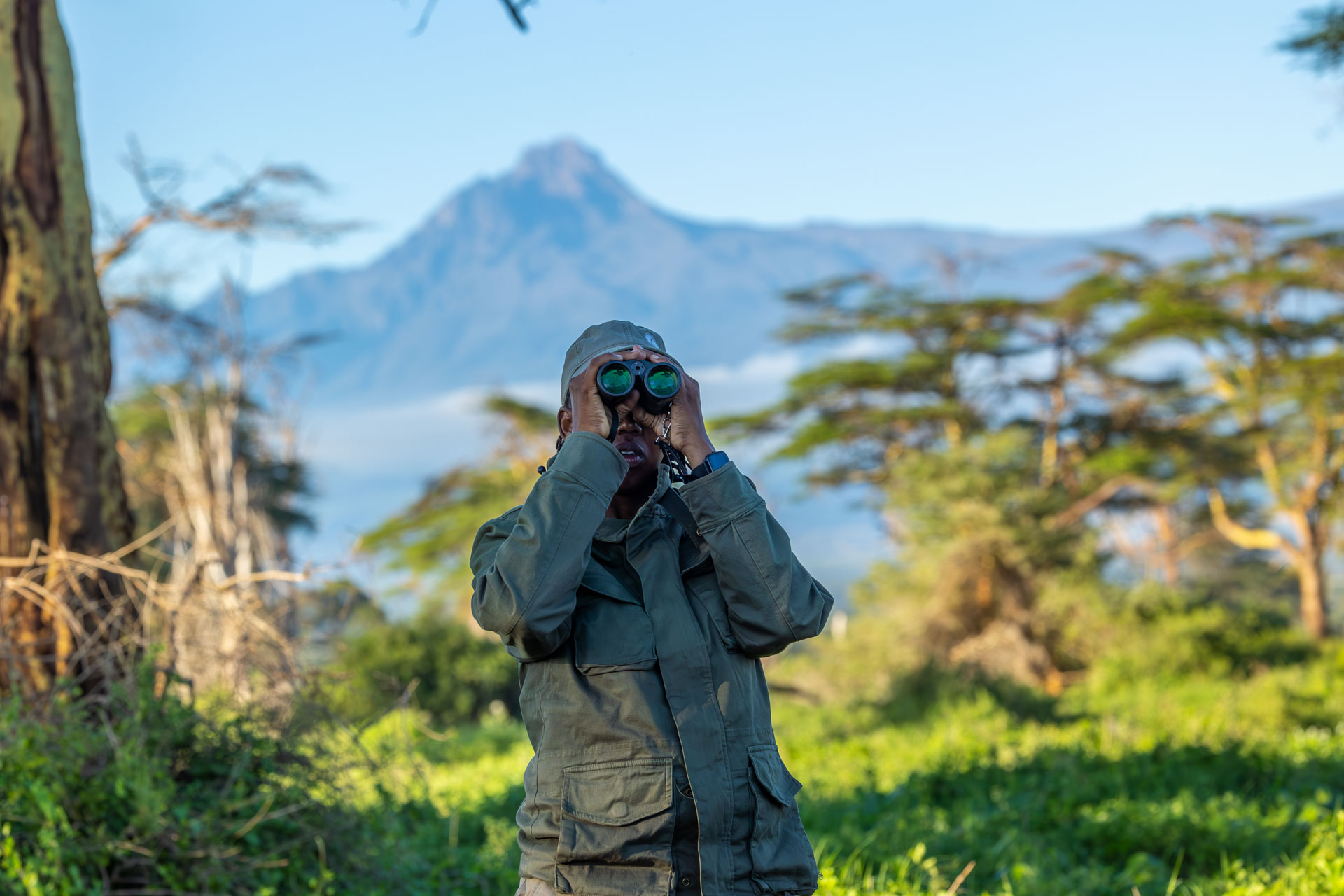

Our mornings were spent on walking safaris, where we identified and documented an array of avian species as well as some interesting flora not found in the Mara. Later, during the mid-mornings, we delved into intensive research and brainstorming sessions to gain a deeper understanding of the pivotal role played by elephants as keystone species and the ongoing conservation efforts to preserve this critical savannah woodland habitat respectively. The guides also gave a 10-minute presentation on a range of subjects surrounding Kenya's wildlife, focusing on Kimana (luckily, I wasn't asked to do one). My favourite topics included 'Ecosystem engineers', 'African examples of important trans-frontier nature reserves' and 'A history of famous elephants across Kenya'.
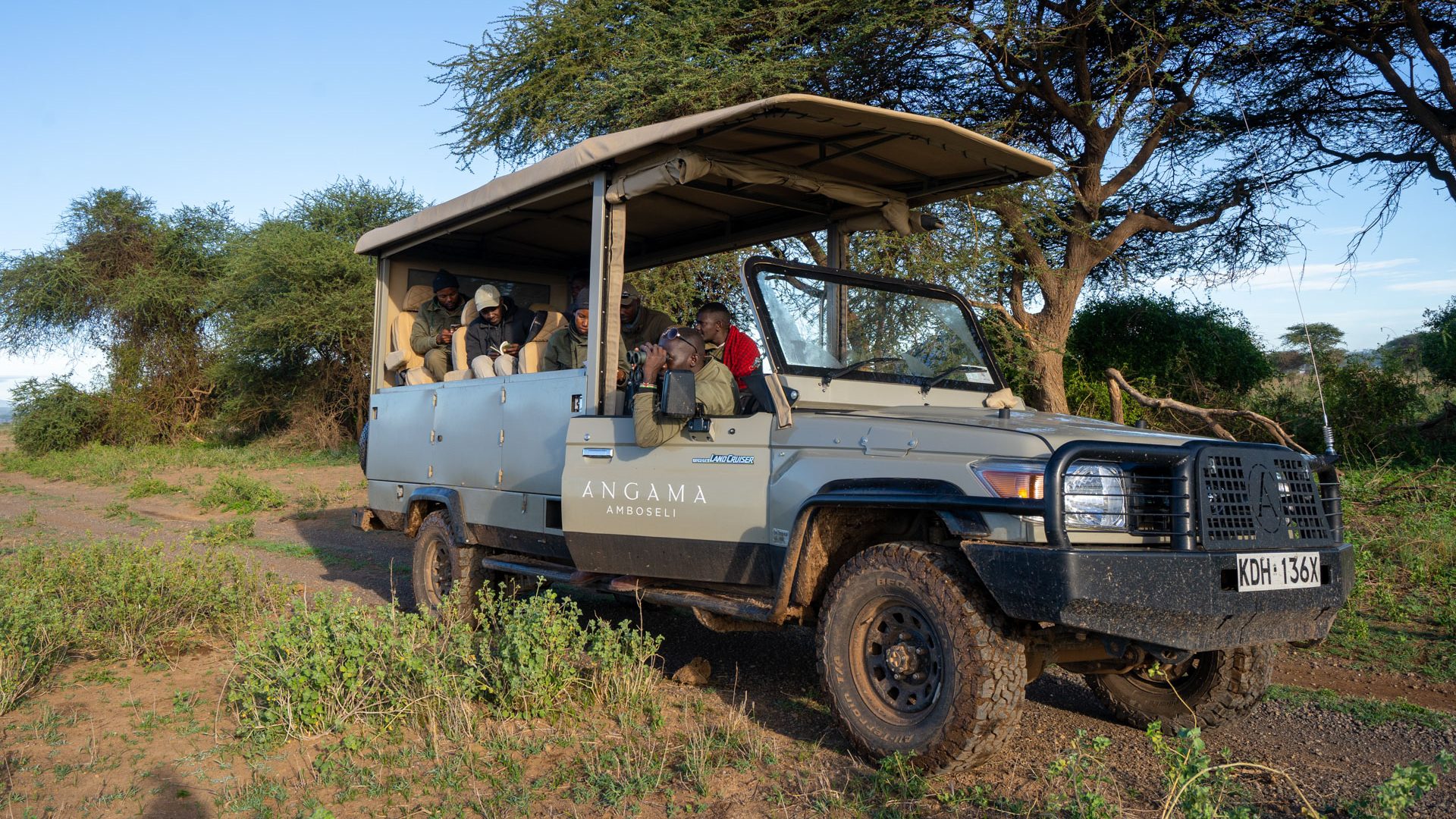

In the afternoons, we had the pleasure of going on game drives around The Sanctuary. It was a unique learning opportunity for the guides to guide each other, making it a fun and interactive test of knowledge. For some of the guiding team who are born in the Mara and have only worked there, it was an entirely new experience. Everyone was eager to learn and share their expertise but I couldn’t help but notice how they would often steal a look at Kili in awe (they weren't the first, and likely won't be the last).


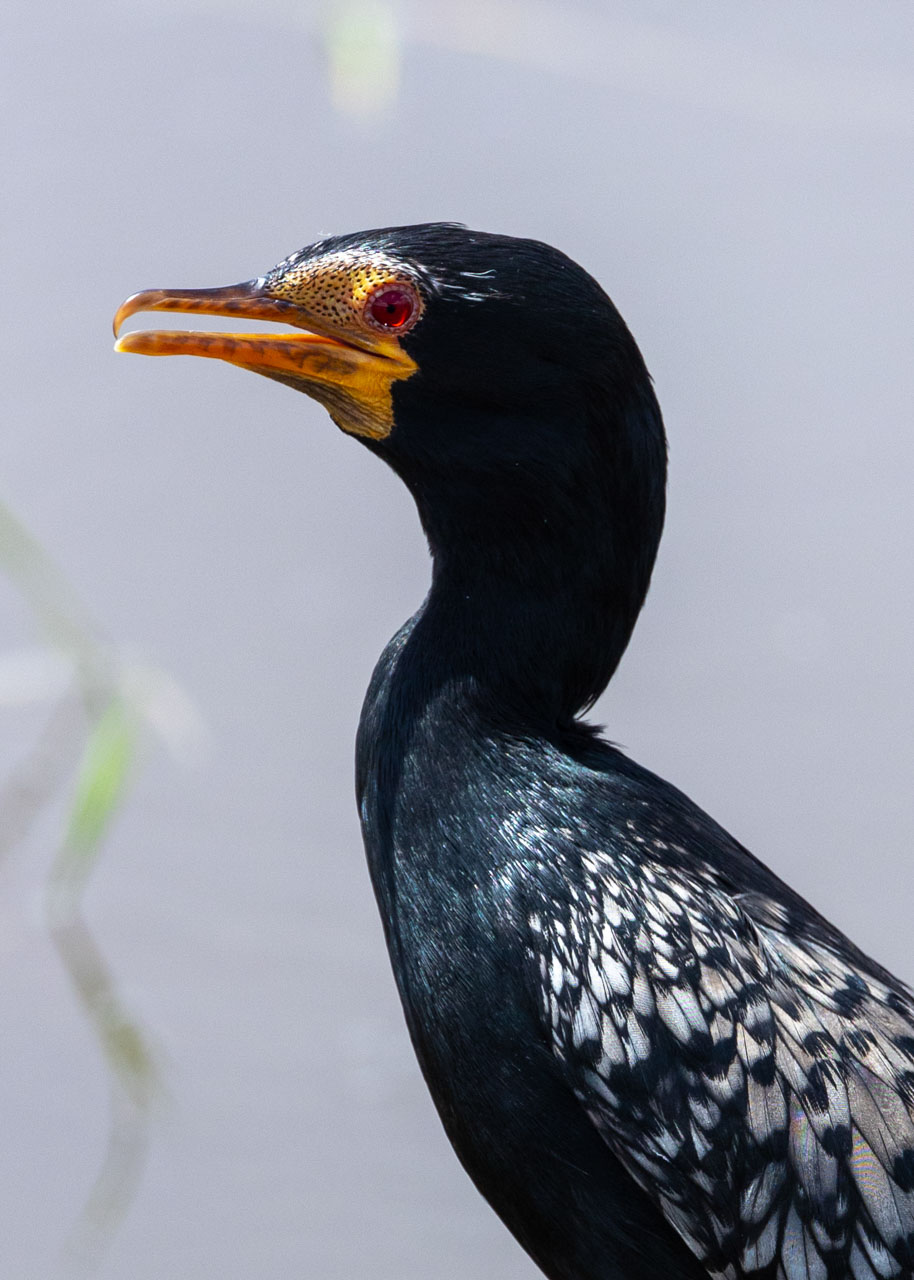
One day, we headed into Amboseli National Park, about a 40min drive from Kimana. A striking feature that the National Park and The Sanctuary share is the majestic backdrop of Kili, which towers over the plains and whose snow-capped peak makes an impressive stage for plentiful wildlife sightings. Amboseli is home to a wide range of wildlife, including lions, leopards, cheetahs, giraffes, zebras, buffalo, hippos, and a variety of antelope species. With most of us being avid bird enthusiasts, we were thrilled to discover that Amboseli is a bird watcher's paradise, with over 400 bird species calling the park home, some of which are endemic to the area. We spent the rest of our time trying to be the first to identify the many species while marveling at their vibrant colors and unique behaviors.
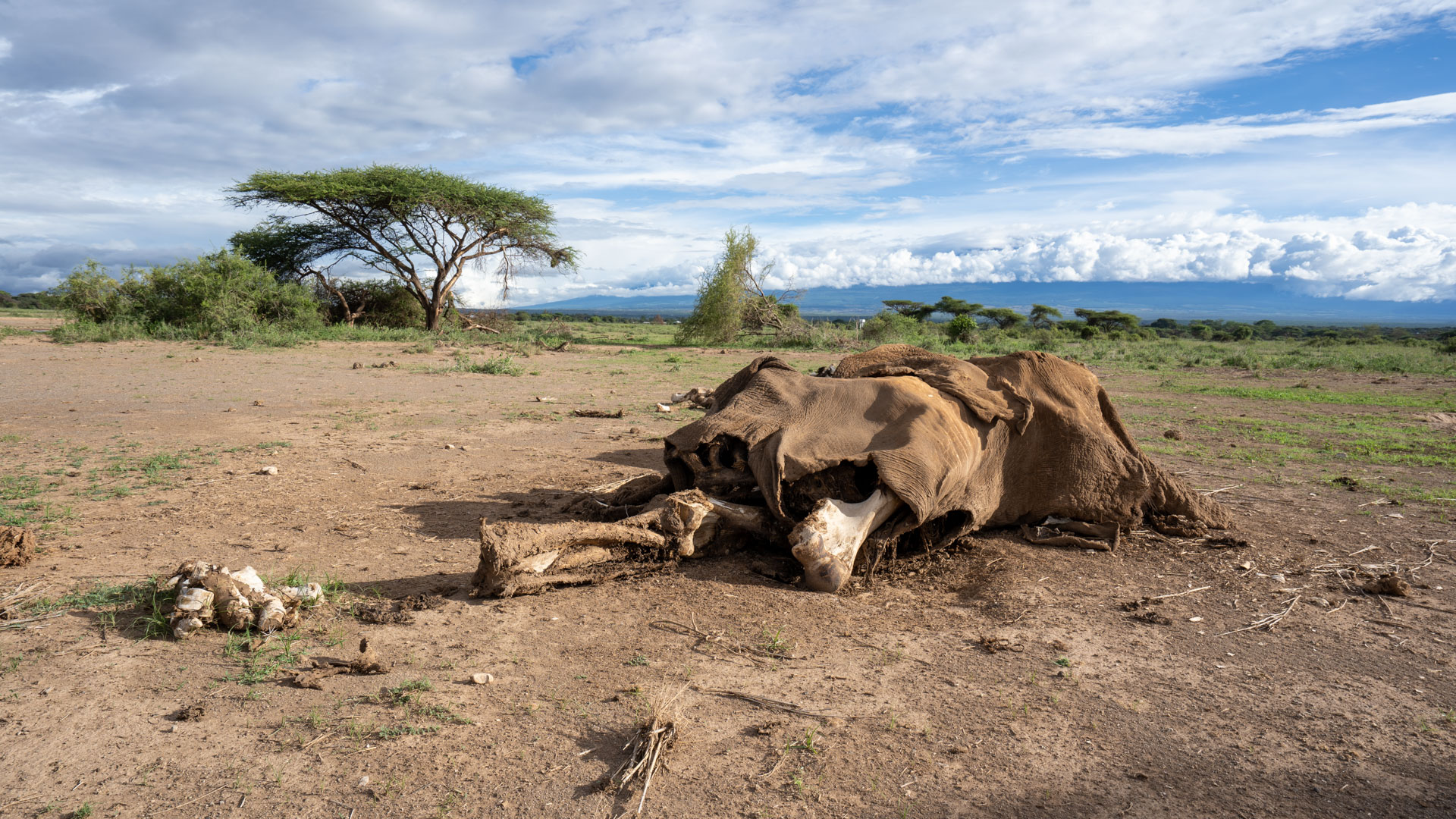
Back in Kimana, we were fortunate to witness several unique sightings and the exclusivity of being the only ones present made it even more special. One sighting, in particular, captured my interest — while I didn't have the opportunity to capture Tolstoy's image during his lifetime (one of Amboseli's famed Super Tusker elephants). I felt grateful to have documented the remains of this majestic creature, who sadly passed in the Sanctuary last year (Note: in memorium, casts of his tusks will be on display at Angama Amobseli). This sighting sparked a long debate on Super Tusker elephants, ivory poaching and international trade. We all agreed that Tolstoy’s legacy should serve as a reminder of the importance of protecting these awe-inspiring creatures and their habitats for future generations to witness.
We ended the afternoon drive with a breathtaking sundowner drink, taking in the magnificent views of Kili. Sometimes, words fail to capture the grandeur of such a spectacle, and it's best to experience it firsthand.
Filed under: Stories from Amboseli
Subscribe for Weekly Stories
Comments (0):
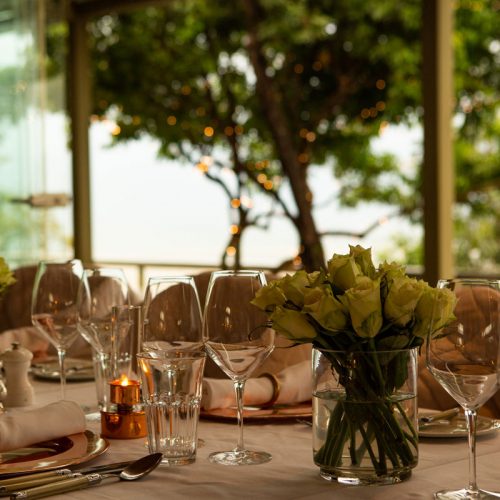
Weddings in the Mara